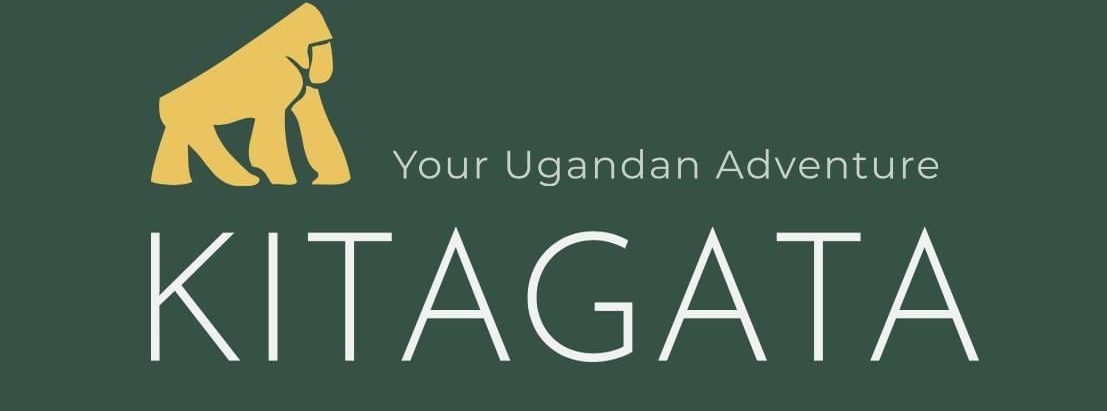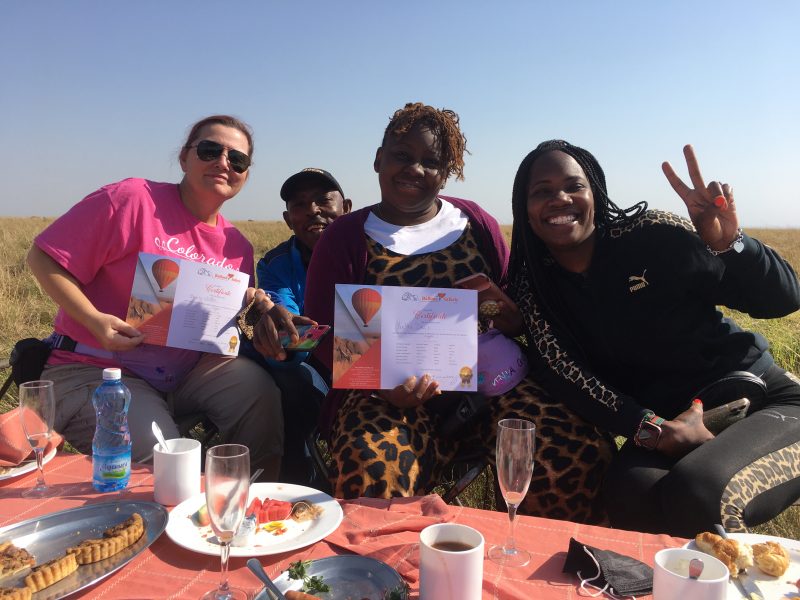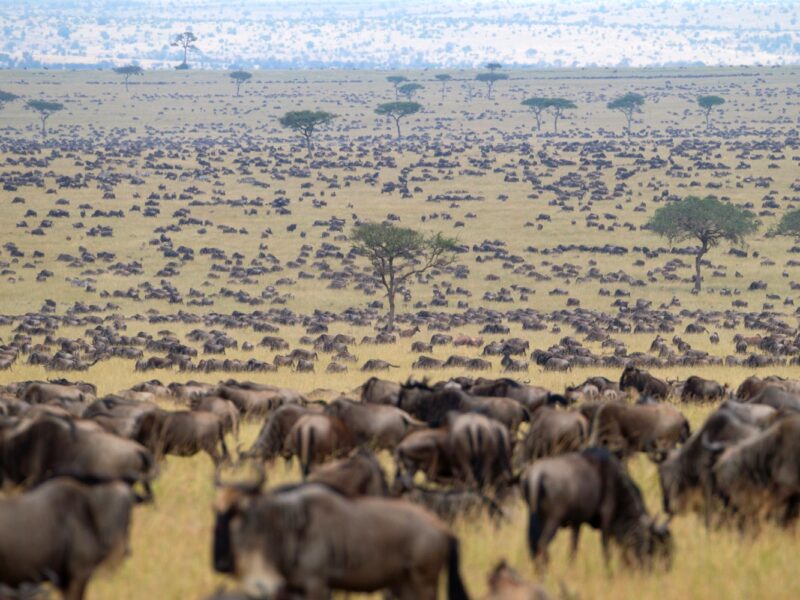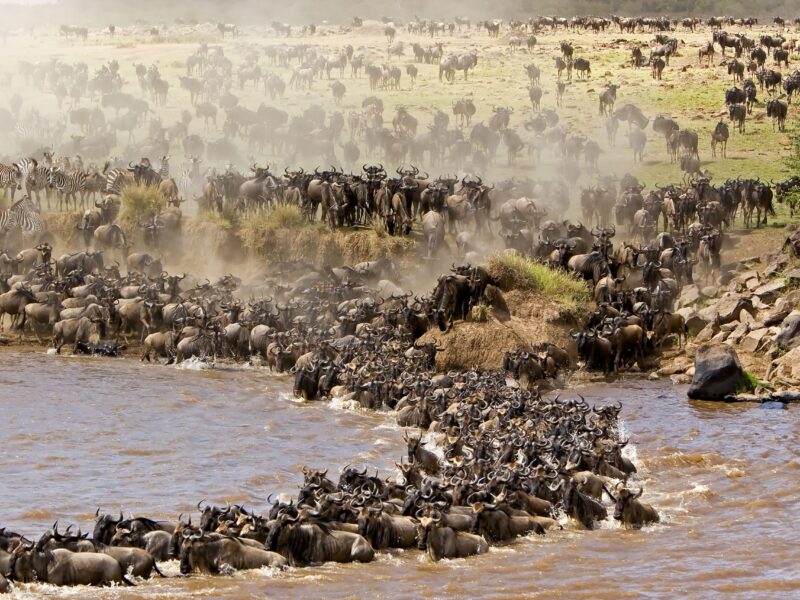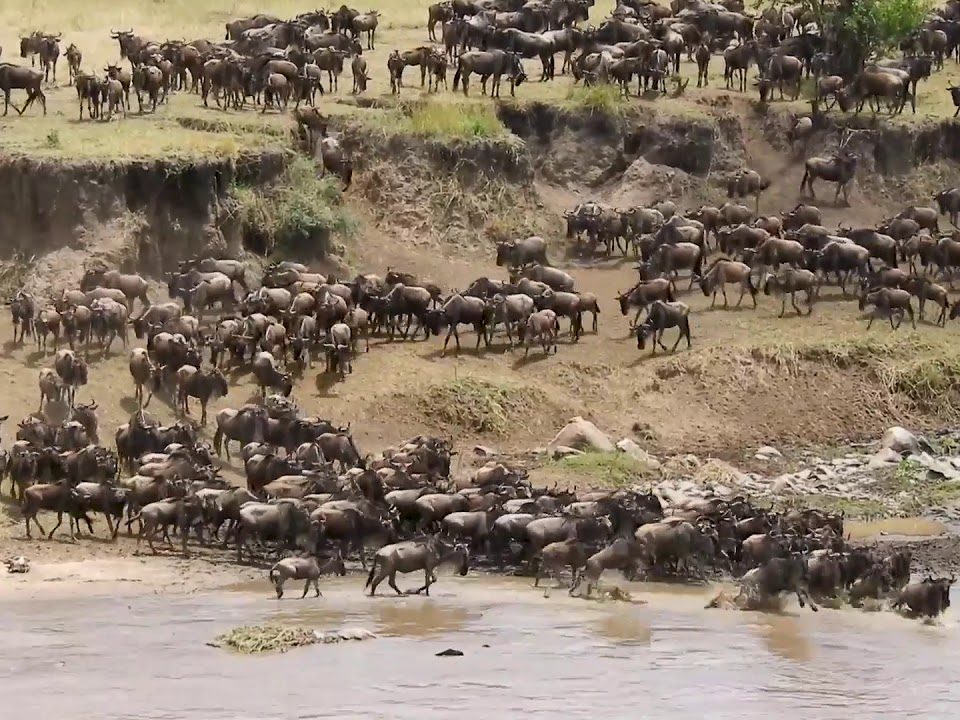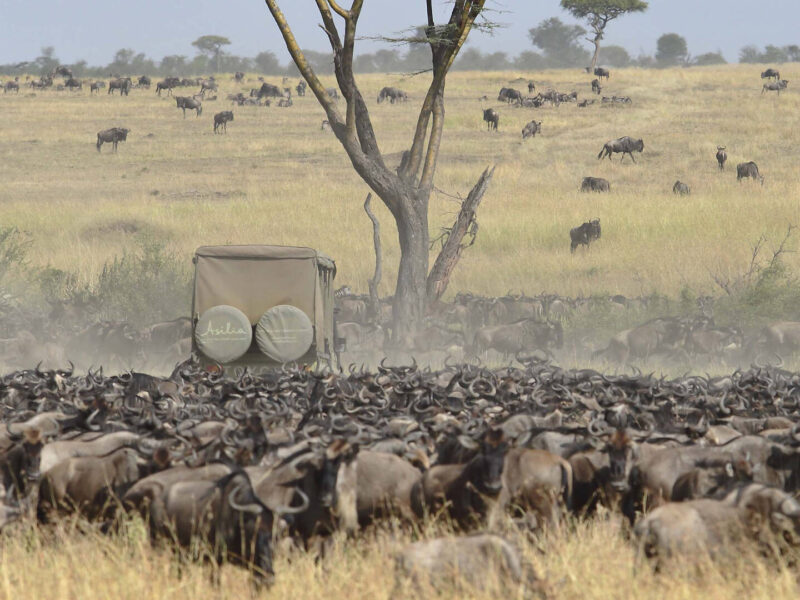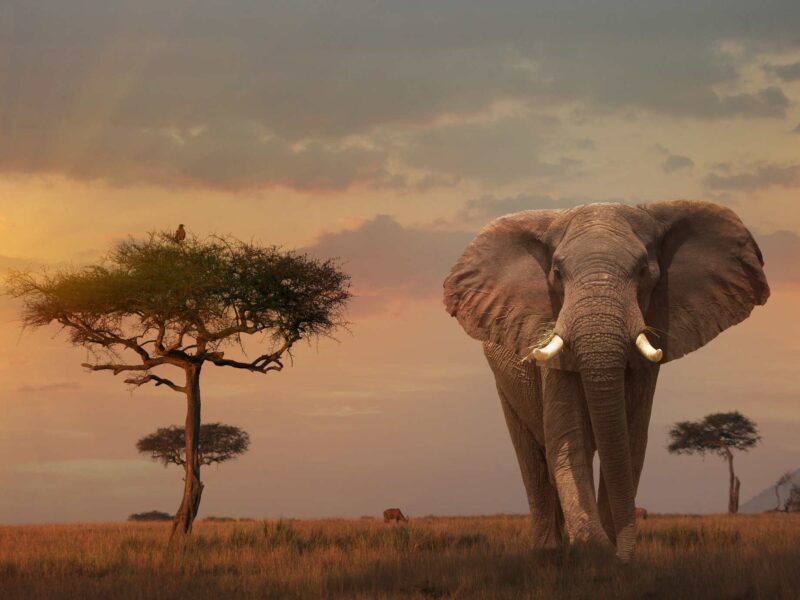Maasai Mara National Reserve – Great Wildlife Migration in Kenya
Maasai Mara National Reserve is a vast game reserve in the semi-arid Narok County in Kenya. It is contiguous with the Serengeti national park in the Mara region of Tanzania. It is named in the honor of the Maasai people who are the ancestral inhabitants of the area.
Mara means spotted in maa, a Masai language. Maasai Mara is globally famous for its exceptional population of wildlife and wildebeests immigrants to and from Serengeti every year during the dry season from July to October.
This is commonly known as the Great Migration. A visit to the Maasai Mara National Reserve is a great venture to undertake for a cultural tour of one of the oldest inhabitants of East Africa, the Maasai.
This noble tribe is one of the very few tribes that have retained most of its traditions. It has a team of traditional dancers who dance o their call-and-dance response to singing and perhaps their most widely known dance is the damu or rather jumping dance.
You can get to join the dancing as these flexible male dancers jump higher and higher to the rhythms of the enchanting music accompanying their dance stroke
Maasai Mara National Reserve has several tourism activities. Among others, these are the hot air balloons over the reserve, safari drives, nature walk, bird watching, sightseeing, guided bush walk, and hiking
The Masai Cultural Tour
This tour is to the Masai village, a place which is in its right one of a kind. Just outside the Masai Mara National Reserve is a Maasai Community called Mara Rianda.
There is a traditional Masai homestead (Manyattas) which consists of 48 traditional houses surrounding a cattle enclosure (www. governors camp.camp )
Masai Mara safari will give you a chance to visit some of the oldest inhabitants of East Africa and live in villages made up of small grass-thatched mud and structures.
They are surrounded by their cattle, which are their prestigious possession. Their cows are regarded with an outstanding reverence. Besides this, they also own other smaller livestock like goats.
The noble tribe is one of the very few tribes that have retained most of its traditions, lifestyle, and lore. The Masai people speak “Maa”
What you notice as soon as you enter the village, are the many visible colors of Masai garments. The men poised with their spears, stand tall and proud.
The women, on other hand, are bejeweled with bright beaded earrings and scarves, both adorned with the brilliant red, blue and purple patterns of the shukas they wear.
The bright shukas contrast strongly and vividly with the greens and browns of the landscape. The appealing beadwork of neckless, bracelets, and amulets has just more than just an ornamental value.
The women create these meticulously handcrafted pieces to express their identity and social status
Standing in muted contrast to the colorful villagers are the brown and grey of the Masai’s houses called Boma. These are small structures with thatched roofs.
As a tradition, the Masai women have to build sturdy dwellings. They begin with a framework of timber poles into which they interweave smaller branches to form a structure.
These are then covered with a mixture of mud, grass, cow dung, urine, and ash. Their men build the protective fencing around the village to ward off lions and other predators from their livestock
A visit to the Masai village allows you to join in their graceful ever-changing rhythmic call-and-response singing, and perhaps their most widely known dance in the Adumu or ‘jumping dance”.
You also get to acquire a handmade souvenir, specially crafted to remind you of your thrilling visit to Masai Mara
